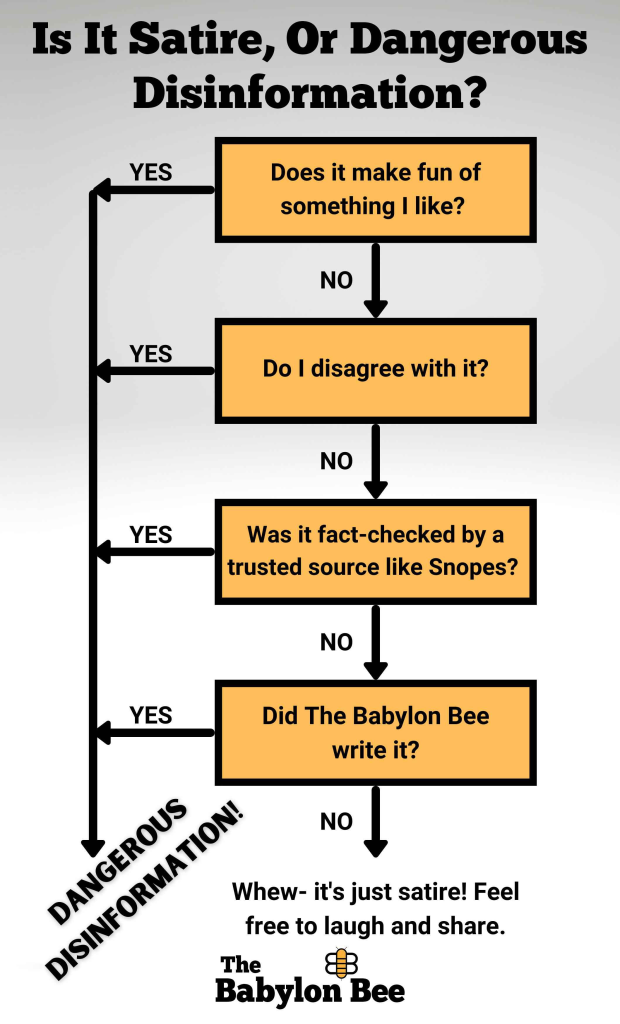This article is not for Pythonisms (like ContextManager), etc, the way things should normally be done in Python, but the more non-obvious way to solve problems or new features that are available specifically in Python.
Use / and * argument as separator for different forms of parameter entries!
There is special syntax to separate positional-only, positional/keyword, and keyword-only parameters.

Make a variant of existing class/object
This ninja technique is useful when you want to keep the object mostly the way it is but add/override a few things you think it didn’t do right without inheriting or use composition (hide a copy of object as a member) and write a proxy mirror for every member of it.
In C++, this situation is often used when you want to modify a concrete class that doesn’t have a virtual destructor, most notoriously STL which you are not supposed to inherit from (or else the client might pass a pointer to the parent/base so the child object’s destructors are not called as there are no vtables to keep track of which method to dispatch). In C++, this is often the few use cases that calls for private inheritance.
In Python, because everything is a recursive dict that specially named (magic) functions are recognized, there is a __getattr__ method that gets called whenever a member is accessed, which is the case when the member is called (in Python you simply get the functor as an attribute, aka value in the key-value pairs, in the dictionary and add brackets to call it). This means you can re-route what attributes (members) are returned simply by overloading this method!
If you can overload __getattr__, it also mean you can redefine the member interface of your entire class! So a strategy to make a class have the same exact interface as another class is to hide a copy/reference to the underlying class and re-route the __getattr__ to the underlying object’s __getattr__! Here’s the gist of it:
class M:
def __init__(self, underlying_class):
self.__obj = underlying_class
def __getattr__(self, attr):
return getattr(self.__obj, attr)
This can be improved a little bit. Just pick a member name that won’t clash with the underlying object’s attributes/members and simply return the ‘hidden’ object when specifically requested, not self.__obj.__obj.
class M:
def __init__(self, underlying_class):
self.__obj = underlying_class
def __getattr__(self, attr):
# Prevent self-calling
if attr != '__obj':
return getattr(self.__obj, attr)
else:
return self.__obj
This is a very powerful luxury that makes Python so lovable if you are not here for industrial strength programming. MATLAB’s classes are hard-wired to your class definition .m file, not something you can update on the fly as you please. Any attempts to do so (aka breaking the safeguards) are Undocumented MATLAB territory where you mess with the Java under the hood and change the metadata property to fool the objects to do what you want.
![]()
